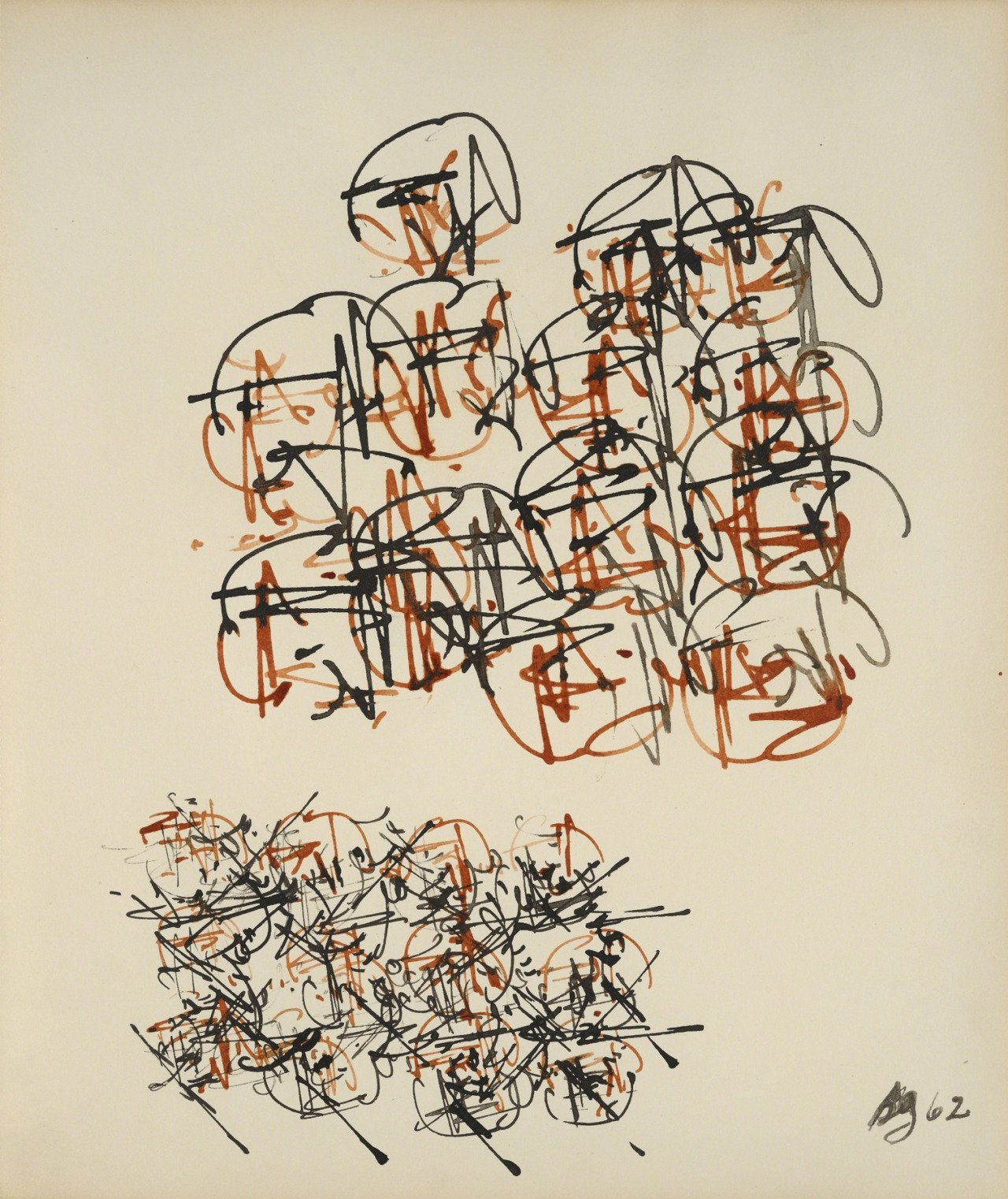
❝ I first saw Gysin’s calligraphic works as abstract paintings. Gysin told me they were paintings of light and, once I saw they were depictions of light striking things, I began to see people, trees, landscapes, all kinds of vistas that were realities I hadn’t seen before. He basically paints portals that shift our perception as we look, changing the way we see things. ❞ *



